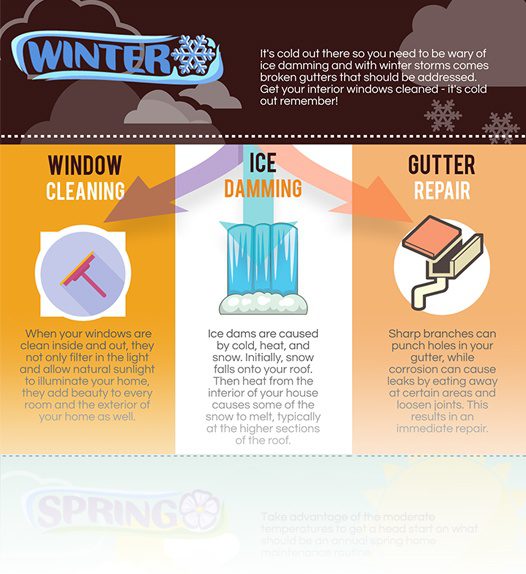Advised Stress Washing Strategies Customized For Each Surface
Advised Stress Washing Strategies Customized For Each Surface
Blog Article
Material Author-Viborg Nixon
When it pertains to press washing, the technique you pick can make all the distinction in attaining a clean, streak-free surface. You could locate that hard surface areas, like concrete, require a various technique than softer products, such as timber or vinyl. It's important to adapt your approaches to the surface area kind to prevent damages while maximizing cleaning efficiency. So, what are the very best strategies for each surface area, and how can you ensure you're utilizing the right settings and tools for the job? Allow's discover what you require to recognize to obtain the very best outcomes.
Tough Surface areas
When it concerns press washing hard surfaces, preparation is key. Prior to you even consider pulling out the stress washing machine, make the effort to remove the area of any kind of particles, furnishings, or barriers. You do not desire anything entering your way or potentially destructive your tools.
Next off, check the surface for any cracks or damage; this will certainly aid you determine the appropriate strategy and stress settings.
As soon as you've prepared the location, it's essential to select the appropriate nozzle. For difficult surfaces like concrete or brick, a slim nozzle (15 or 25 degrees) works best to provide a concentrated stream of water that can properly get rid of grime and stains. Always begin at a distance and slowly relocate closer to avoid any type of surface area damages.
As you start cleaning, maintain the wand transferring to protect against touches and over-saturation. It's additionally practical to work from the top down, permitting dirt and debris to remove naturally.
Lastly, keep in mind to rinse the surface area extensively after cleaning to remove any type of leftover detergent. With these techniques, you'll attain a clean and renewed appearance on all your difficult surface areas.
Soft Surfaces
Pressure cleaning soft surfaces needs a gentler strategy to shield them from damages. Whether you're cleaning your deck, patio furniture, or home siding, using way too much stress can result in damages, scratches, or even irreversible injury.
Beginning by selecting a low-pressure nozzle, ideally a 25-degree or wider spray pattern, to disperse the water extra carefully.
Before you start, it's vital to pre-treat any kind of stains with an ideal cleaning option. This step allows the cleaner to pass through the dirt and gunk, making it simpler to wash away without scrubbing too hard.
Constantly use the service from the bottom as much as prevent streaking.
When you start stress washing, preserve a range of a minimum of 12 to 18 inches from the surface area. Move window cleaning denver in a sweeping motion, maintaining it parallel to the surface to stay clear of concentrated pressure on one spot.
Wash the area thoroughly after cleaning up to remove any kind of residual cleaner.
Finally, examine the surface for any kind of missed places and repeat the procedure if necessary. By complying with these steps, you can effectively tidy soft surfaces while protecting their stability and appearance.
Specialized Surfaces
Cleaning soft surface areas calls for care, however specialized surface areas require a lot more interest to detail. When you take on these surfaces, like delicate timber, stained concrete, or particular sorts of home siding, using the appropriate stress cleaning strategies is crucial to avoid damage.
Initially, analyze the material. For https://www.cnet.com/home/kitchen-and-household/how-to-clean-your-couch/ , treated timber can frequently stand up to modest pressure, yet softer timbers like cedar may call for a lower setup. Always begin with the lowest stress and slowly increase if essential.
For discolored concrete, use a follower spray nozzle and preserve a constant range to avoid etching the surface.
When managing surfaces like plastic house siding or painted surface areas, a vast spray pattern aids disperse the stress evenly, safeguarding the coating.
It's additionally a good idea to utilize detergents especially developed for specialty surface areas. They can improve cleaning without compromising the product.
Wash extensively after cleaning to eliminate any residue, as it can lead to staining or degeneration in time.
Conclusion
To conclude, mastering pressure washing methods for different surface areas can make all the difference in your cleaning outcomes. For hard surface areas, stick to slim nozzles and a top-to-bottom technique, while soft surfaces require a gentler touch with broader nozzles. Do not forget to pre-treat stains and rinse thoroughly to stay clear of residue. By adjusting your approaches to each product, you'll not only accomplish a cleaner coating however likewise secure the integrity of your surfaces. Delighted cleansing!
